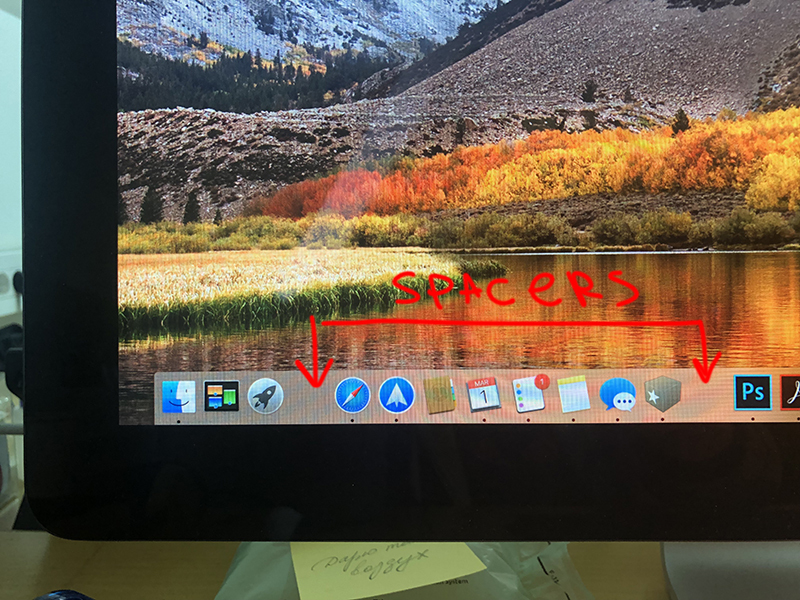

- #Mac dockshelf vs how to
- #Mac dockshelf vs mac os
- #Mac dockshelf vs 32 bit
- #Mac dockshelf vs trial
- #Mac dockshelf vs download
Again, as with that little line on the Dock, these are much more evident under Snow Leopard and older versions of (Mac) OS X. These "lights" indicate that the app associated with them are, in fact, launched and running. You will notice little blue "LED lights" underneath some app icons on the Dock. The Dock has visual cues indicating running apps. Plus, it leads you to some other goodies that I will mention a bit later.

It delineates the Dock area for apps (left side) and the area for documents, folders and the system trash can (right side). In Lion and Mountain Lion, this line is very faint almost invisible. It will show up next to a small vertical line on the Dock's shelf. Typically, it will plop itself onto your Dock - way over at the right end, assuming your preference is to have the Dock at the bottom of your screen. For example, you launch it from your Applications folder.
#Mac dockshelf vs how to
If you can't figure out how to configure DragThing to function like you want, you can email the developer, James Tomson, for tech support.Let's say you launch an app that is not already positioned on your Dock. Here is a review of DragThing from MacWorld Magazine from two months ago. Having configured everything I want in two DragThing panels: a Process Dock in the upper right-hand corner of my screen and a tabbed icon panel on the bottom of my screen, I subsequently banished Apple's Dock off the screen and I virtually never use or look at Apple's Dock anymore. I have used DragThing for more than ten years. But once you figure out the features and configure it the way you want, it will just work. But I think it will do the trick.ĭragThing has myriad configuration settings that you can customize far too many.
#Mac dockshelf vs mac os
If anything, it resembles features of Mac OS 9, the "classic" MacOS. Window Dock to show open application windows (your elderly relative might be able to use this too.)ĭragThing is not designed to be "Windows-like".Process Dock, as I have discussed above.Disk Dock to show connected hard disks, CDs and DVDs, and servers.Dock to show tabbed multiple panels of your favorite apps organized.There are four kinds of panels or docks that DragThing can create: This is analogous to the bar at the bottom of the Windows desktop. In the "Process Dock", clicking on one of these open application icons will immediately bring that application to the forefront. I chose the "heads-up-display" translucent black design. Visually, you can choose from many different color schemes and designs. You can position DragThings' Process Dock on the bottom of the screen if you want I have it in the upper-right corner of my screen. (You can create other panels or docks to display tabbed groups of icons of frequently-used applications that you want to launch.) Unlike the Dock, it does not show icons of applications that are not running right now.
#Mac dockshelf vs trial
There is a free trial the app costs US $29.Īmong other features, DragThing can be configured to display a floating "Process Dock", a panel of the icons of applications that are currently open and running - and only the ones currently running. I have owned and used this program for more than ten years.

Here is some more information about DragThing, in addition to com. It will not work for current OS and is not open sourced or available for sale now.
#Mac dockshelf vs 32 bit
Enjoy your shiny new taskbar! Eventually right click it and select a new color.Ī 32 bit app for Mojave and lower was DragThing Turn "Lock position" on (can be found at Advanced tab)ġ0. Turn "Use Single-Click To Open Items" on (can be found at Advanced tab)
#Mac dockshelf vs download


 0 kommentar(er)
0 kommentar(er)
